Is it ethical to bioengineer plants and animals to stop or reverse extinction? Questions raised during 60th annual Klein Lecture
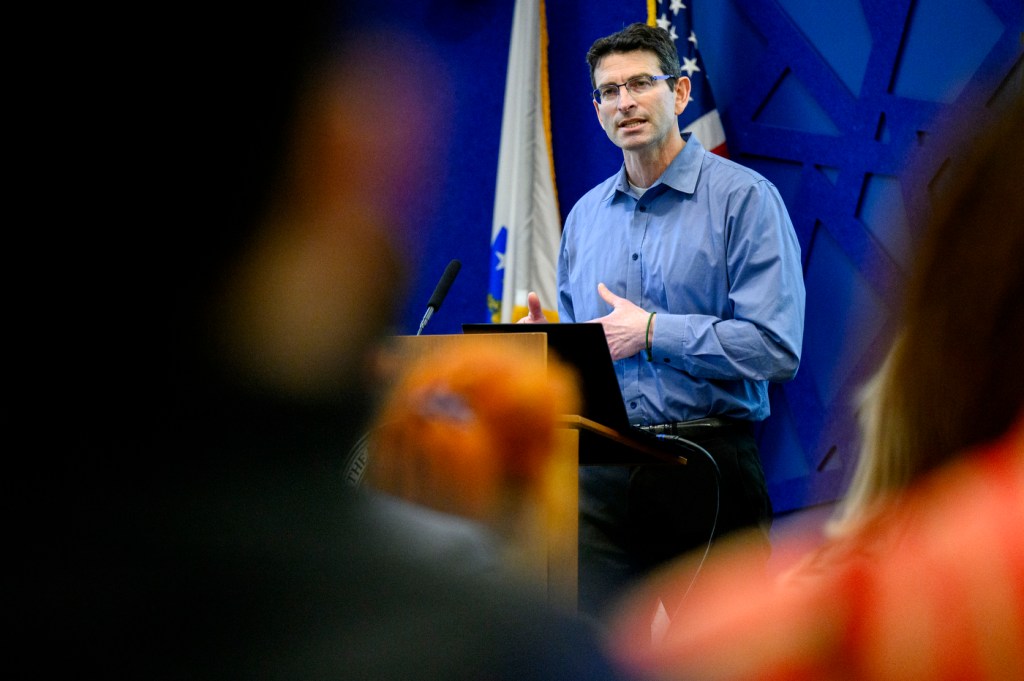
Just because we could conceivably bring the wooly mammoth back to life, should we?
That was among the many questions raised by Ronald Sandler, professor of philosophy and director of the Ethics Institute at Northeastern University, during the 60th annual Robert D. Klein lecture.
The lecture was given Monday afternoon at the Cabral Center in the John D. O’Bryant African-American Institute on Northeastern’s Boston campus.
Sandler began with what he said was an “uncontroversial” premise: “that anthropogenic extinctions (extinctions caused by humans) should be avoided because species and biodiversity are valuable.”
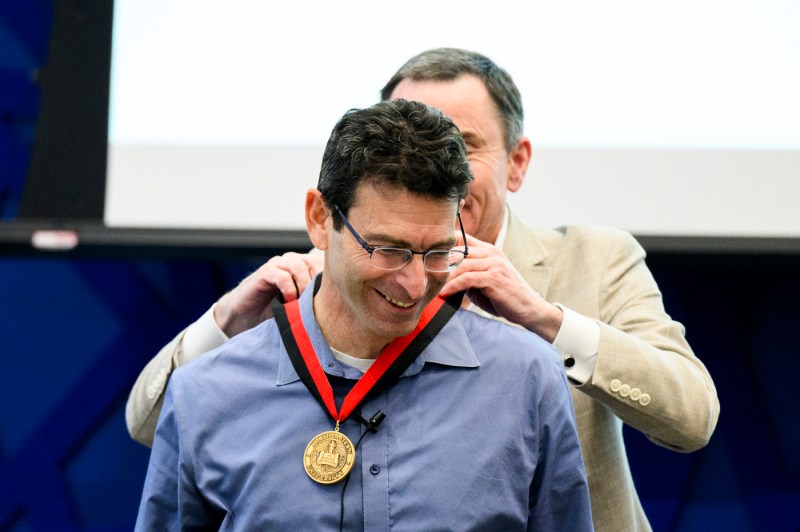

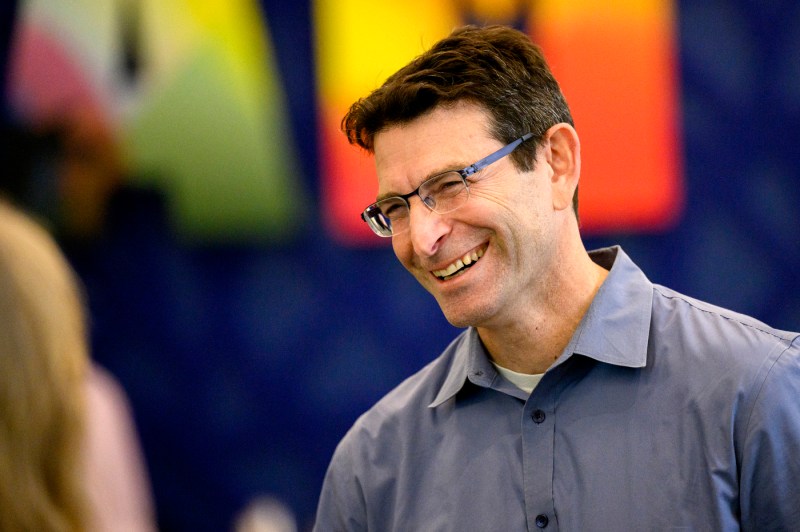
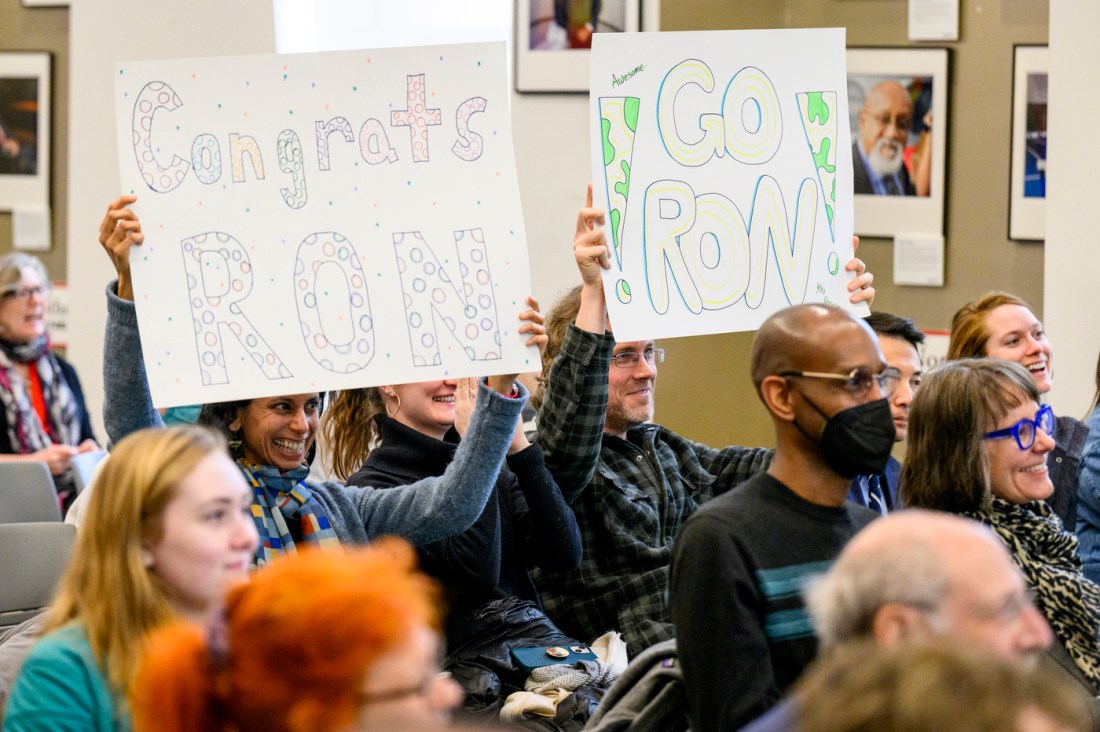
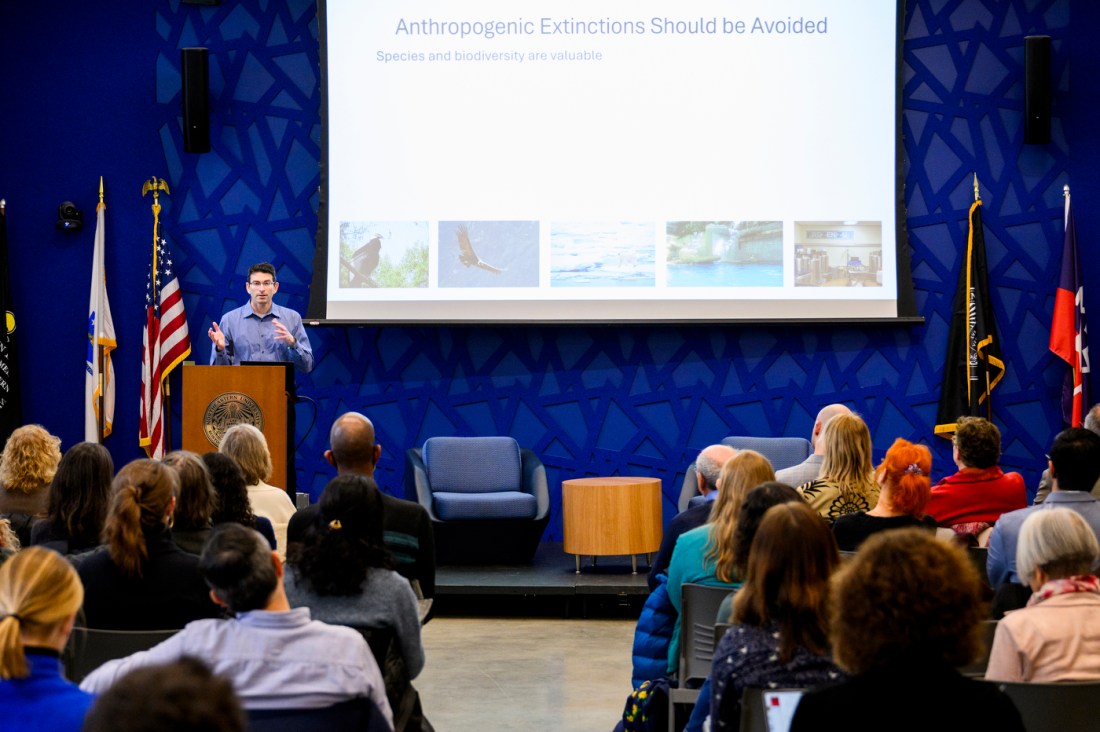
And as a result of this accepted precept, Sandler explained that conservationists favor place-based strategies — for example, protecting important habitats, restoring degraded environments, removing invasive species, etc.
“The problem is this paradigm is under stress from the scale and the nature of the extinction crisis,” Sandler says.
Indeed, Sandler says that species extinction rates have increased to hundreds or thousands of extinctions a year primarily because of habitat loss and direct taking of species (for example, industrialized fishing).
And that’s even before climate change really starts to have an effect and puts even place-based conservation for many species at risk.

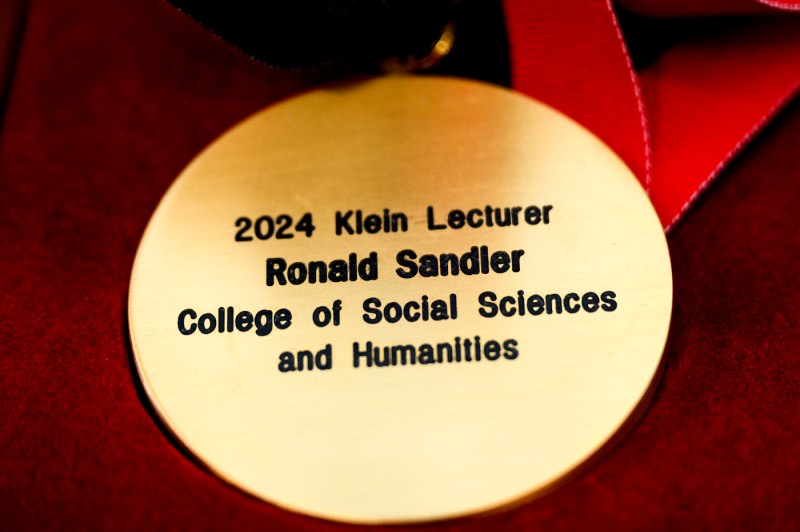
But several forms of bioengineering — gene editing to highlight and/or accelerate genetic modifications; cloning; or cryopreservation of tissues to enable in-vitro fertilization, for instance — present new conservation strategies.
These have shown some promise
Black-footed ferrets were brought back from the brink of extinction by captive breeding and scientists are using cloning to introduce genetic diversity into the population. Northern White rhinoceros are also being explored for genetic rescue, as there are only two left in the world and both are females. And through predator, pest and disease-vector suppression, researchers are exploring whether we can sterilize invasive rats and mice and crash their population, as well as whether we can use genetically engineered American chestnut trees to conquer the disease chestnut blight, and more
The question remains, however … should we?
Sandler proposes three ways to think about this question.
First, he proposes what he calls an “instrumental analysis.” Based on the premise that technology is a tool, he says we should examine who is using the technology, how the technology is being used, etc., and asks what are the risks of using the technology, and how do we perform a risk assessment.
Featured Posts
Second, there might be an “environmental value analysis,” examining how a species interacts with diverse and complex environmental values. For instance, should we save a tree species through genetic engineering that is important to the traditional life of native Hawaiians? Or is there another way to conserve the tree?
Finally, one might consider technologies as a form of life that structures human experience. For instance, Sandler noted cars are more than a way of moving people efficiently, they also change the way we live and interact with each other. Just as with cars, we need to view conservation techniques as changing the way we conserve and conceive of conservation.
Alas, which is the best way to think about the question of “should we,” depends…
Sandler says we should think about the ethics of emerging technologies from all of these perspectives.
“Philosophy talks,” Sandler says. “We don’t end with conclusions, we end with questions.”
Sandler ended the talk by asking us to think about the extent to which we want to live in a human-designed biological world.
The Klein University Lecturer Award was established in 1964 upon the recommendation of the Faculty Senate and honors a faculty member who has contributed with distinction to their field of study. In 1979, the award was renamed in tribute to the late Robert D. Klein, a professor of mathematics, chair of the Faculty Senate Agenda Committee and vice chair of the Faculty Senate.











